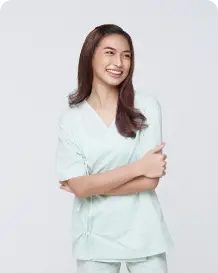Spine Stabilization Surgery in Bangalore
Spine stabilization surgery is a surgical procedure that aims at eliminating motion between your vertebrae, the small bones forming the spine. Also known as spinal fusion, the surgery involves fusing two or more vertebrae together... Spine stabilization surgery is a surgical procedure that aims at eliminating motion between your vertebrae, the small bones forming the spine. Also known as spinal fusion, the surgery involves fusing two or more vertebrae together with bone grafts and/or metal devices. The main aim of the surgery is to restore spinal stability while alleviating chronic back pain and other associated symptoms. This surgical method is used to deal with conditions such as scoliosis, degenerative disk disease, and spinal stenosis. It further supports the spine's strength, alignment as well as functionality, and reduces the symptoms of spinal disorders. Read more
Happy patients
 50+
50+
Expert surgeons
Personal Assistance







